Model of the month December 2023 A6M Rei-Sen
Announcement in the Pacific... The Mitsubishi A6M Rei-Sen (´Zero´)
From the original to the model
An independent part of the collections of the Hannover-Laatzen Aviation Museum are the more than 1,000 scale models, primarily of the international standards 1/72, 1/48 and 1/32.
Such true-to-the-original miniatures enable viewers of museum technology history to gain an “overview”, not just of the individual exhibit (sometimes even the only possibility of a real three-dimensional display if there is no longer a surviving original), but also of the development lines of aircraft construction through the possible sequencing and comparison . Sometimes they even fill in gaps in the presentation of the originals. The quality of their craftsmanship alone is a joy to behold.
Today, in our 'Model of the Month' series, we present the most prominent Japanese military aircraft of the Second World War - cutting-edge technology in naval aircraft design and in service both as a carrier-based fighter and as a multi-role combat aircraft of the Army Air Force from 1940 to '45: the Mitsubishi A6M Rei-Sen, known in the western hemisphere as the "Zero".
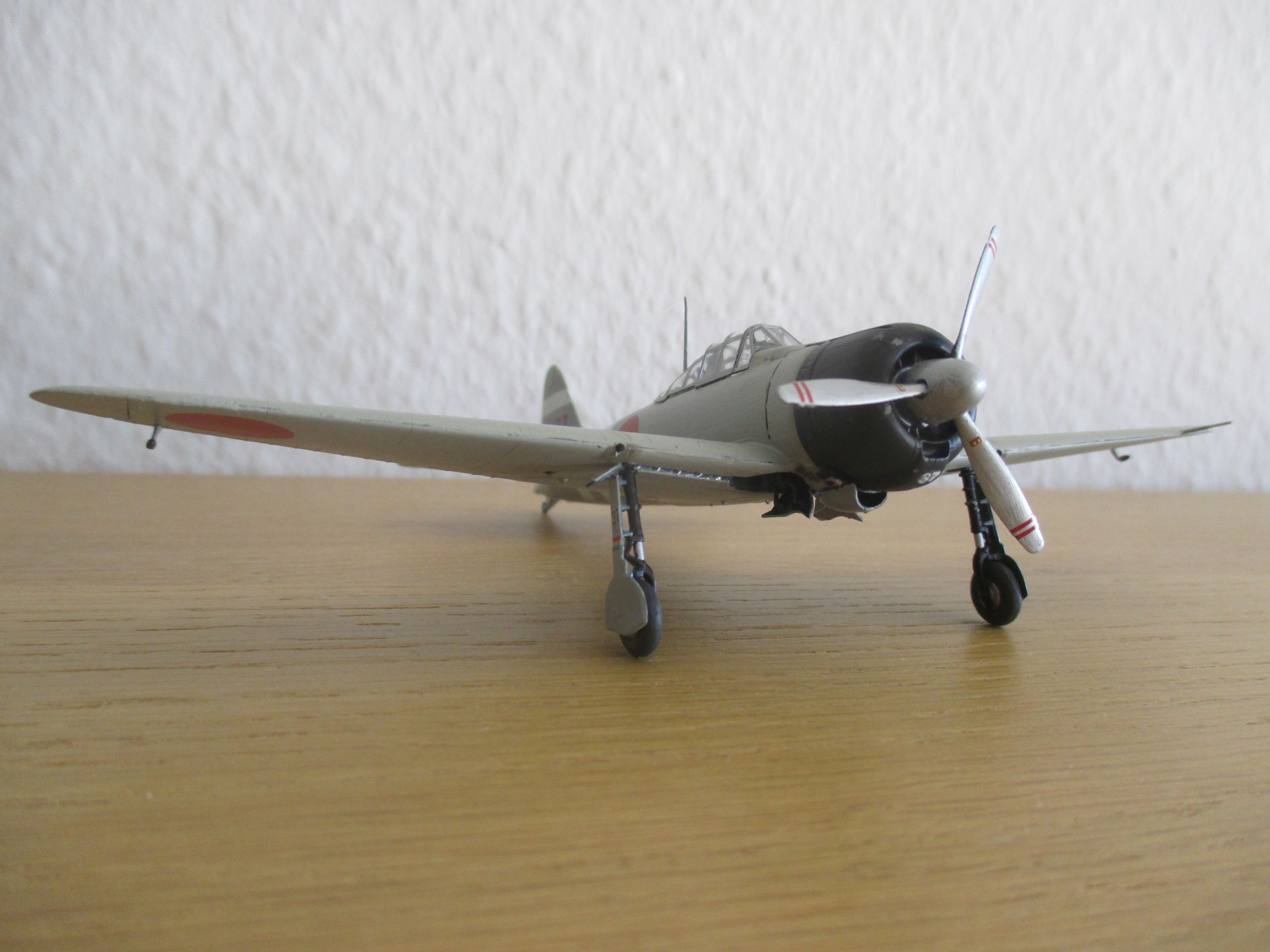
The models: congenial
There is probably no manufacturer that does not have the Zero in various scales in its program - but for the Japanese market leader Tamiya, it was understandably a matter of honor to set an exclamation mark with several versions of the A6M in 1/72 as well: And our two miniatures in the museum collection presented themselves in excellent quality and with a lot of love for the object, including a historical-technical outline, as kits that "take the hobbyist into the model".
The original: best in class from Japan
In the 1930s, two expanding nations collided in the Pacific region: the rapidly modernizing Japanese Empire and the leading industrial and economic power, the USA. Both established a network of bases and a web of economic and military relations.
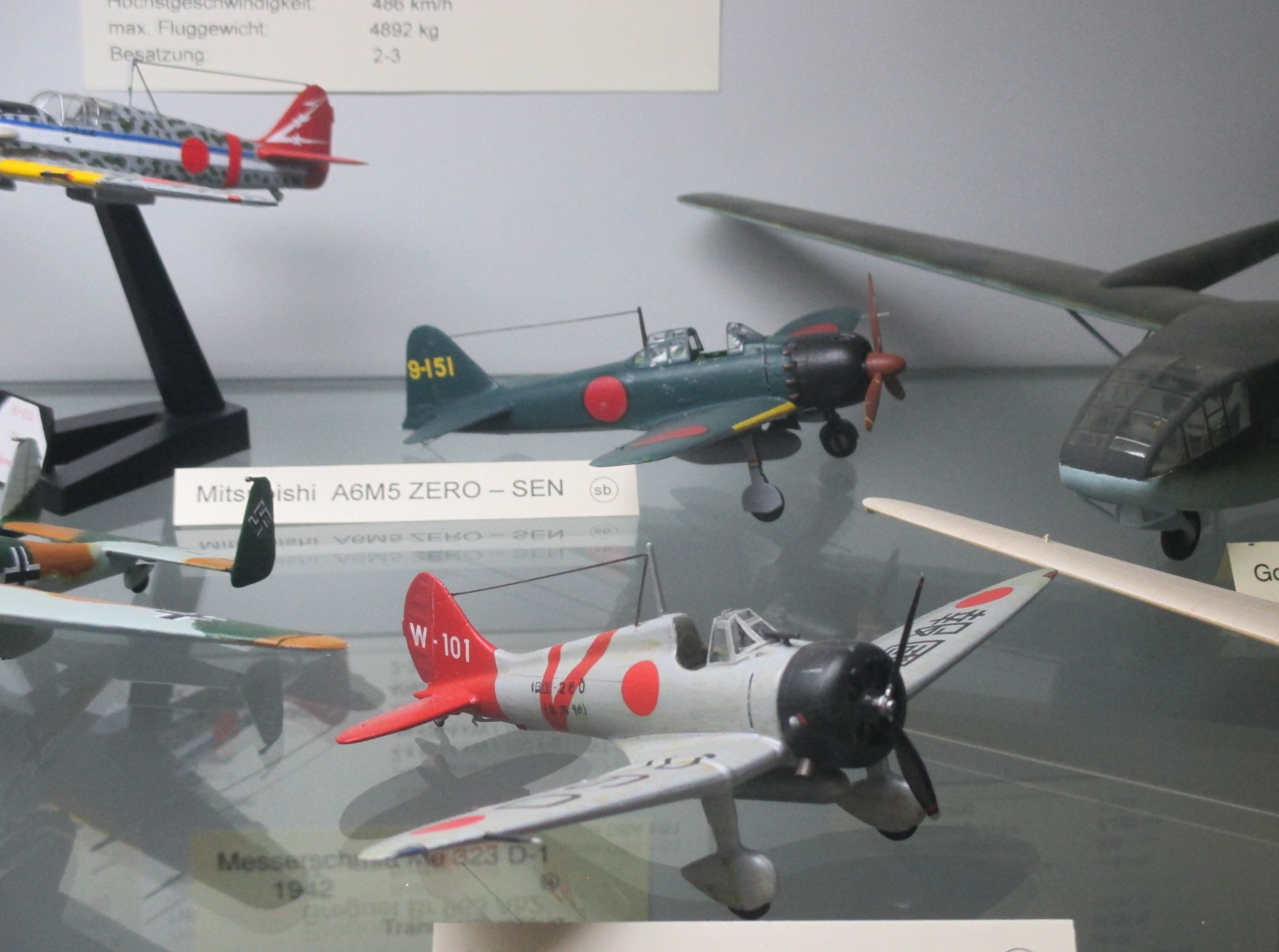
The armament of both sides included the development of aircraft carrier flotillas as the new and ultimate weapon in maritime conflicts.
In 1937, the Imperial Japanese Navy invited for tenders for a new fighter to spearhead and protect the on-board torpedo and dive bombers. The list of requirements was extremely ambitious - in fact, a sea-based aircraft with the performance characteristics of a land-based type was requested.
Only one company in the Empire of the Rising Sun took on this task: Mitsubishi Heavy Industries. In its aircraft division, Jiro Horikoshi and his team designed the A6M Rei-Sen, an all-metal low-wing monoplane with a twin radial engine, an enclosed cockpit with 360° visibility and retractable landing gear with deck take-off and landing equipment, as the successor to its successful A5M, the first monoplane fighter in the Japanese fleet- the A6M Rei-Sen.
A big hit
What would later become Japan's most produced aircraft type, with almost 11,000 of all series, took off on its maiden flight on April 1, 1939 - and immediately proved to be a great success.
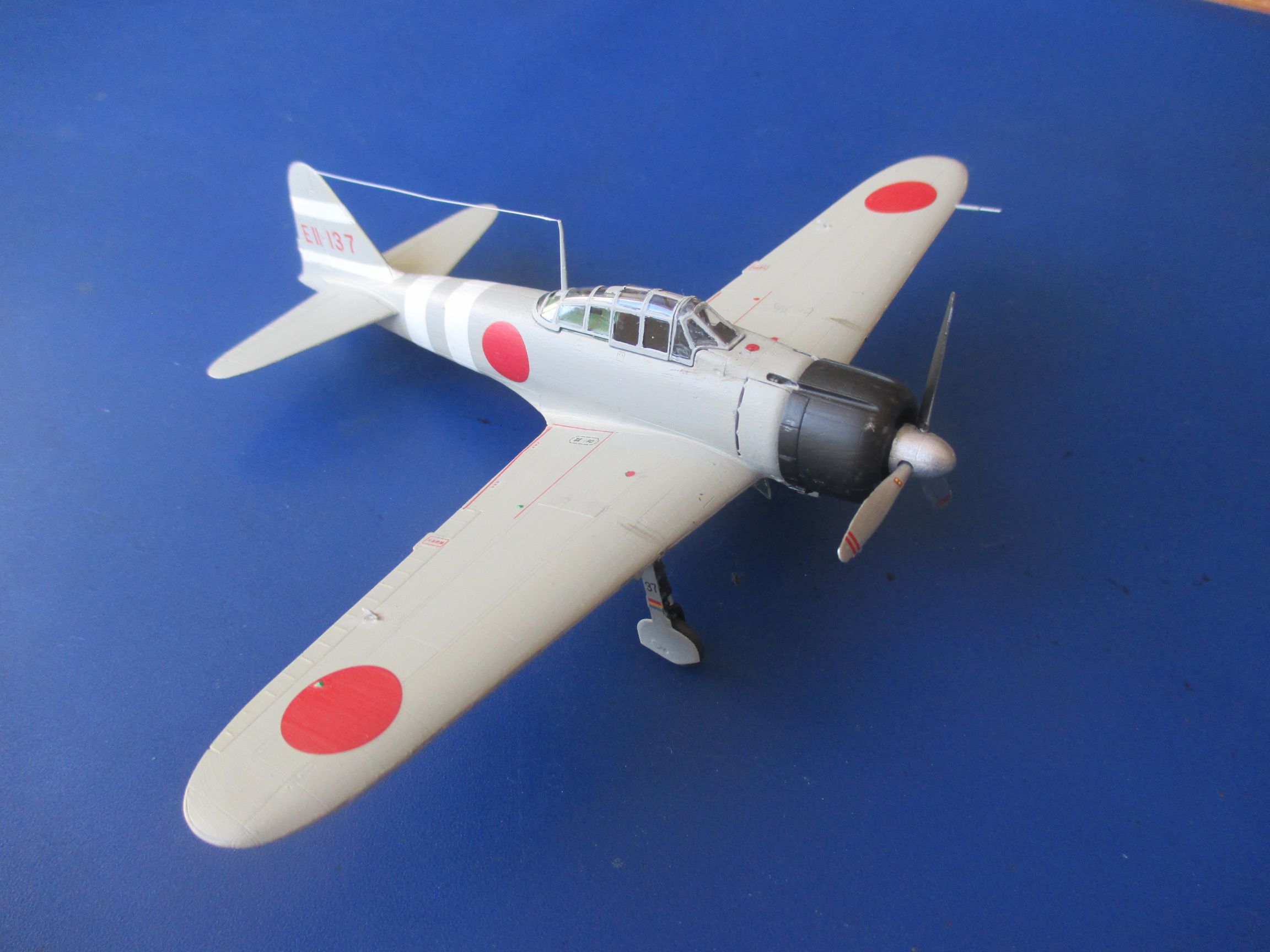
With new, lightweight materials and production technologies, an air superiority fighter with powerful armament and extreme range, high speed and agility was created - but at the expense of armor protection for the cockpit and tanks.
Pre-series and first-series aircraft proved to be superior weapons in front-line trials during the Sino-Japanese War as early as 1940 and established massproduction of the type.
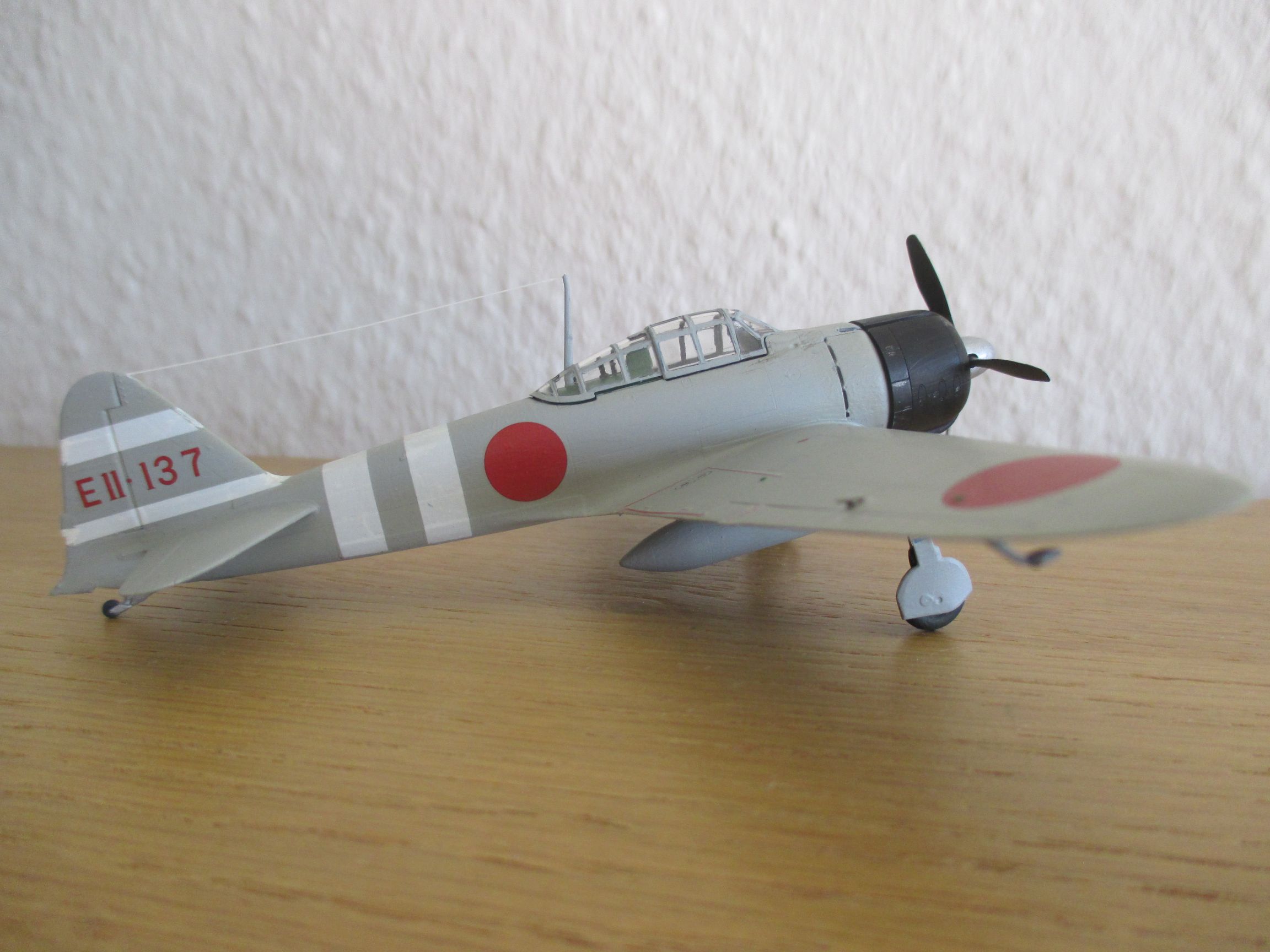
Internally referred to as "Rei-Sen" after the final digit of the year of its entry into service, the year 2600 Japanese time, the British and Americans adopted this nomenclature as "Zero Fighter", the Allied code name was "Zeke".
The official international type designation, A6M2b, for example, followed the complex letter and number combination of the Japanese Naval Air Force: the first letter indicated the intended use, in this case A for a carrier fighter, the following number the type sequence, in this case the sixth design taken into service for this purpose. The following letter was the manufacturer's abbreviation for Mitsubishi. This was followed by the series of the aircraft and finally a minuscule from the "b" for the sub-variant. Often the type was also given a poetic proper name, in the case of fighters after weather phenomena.
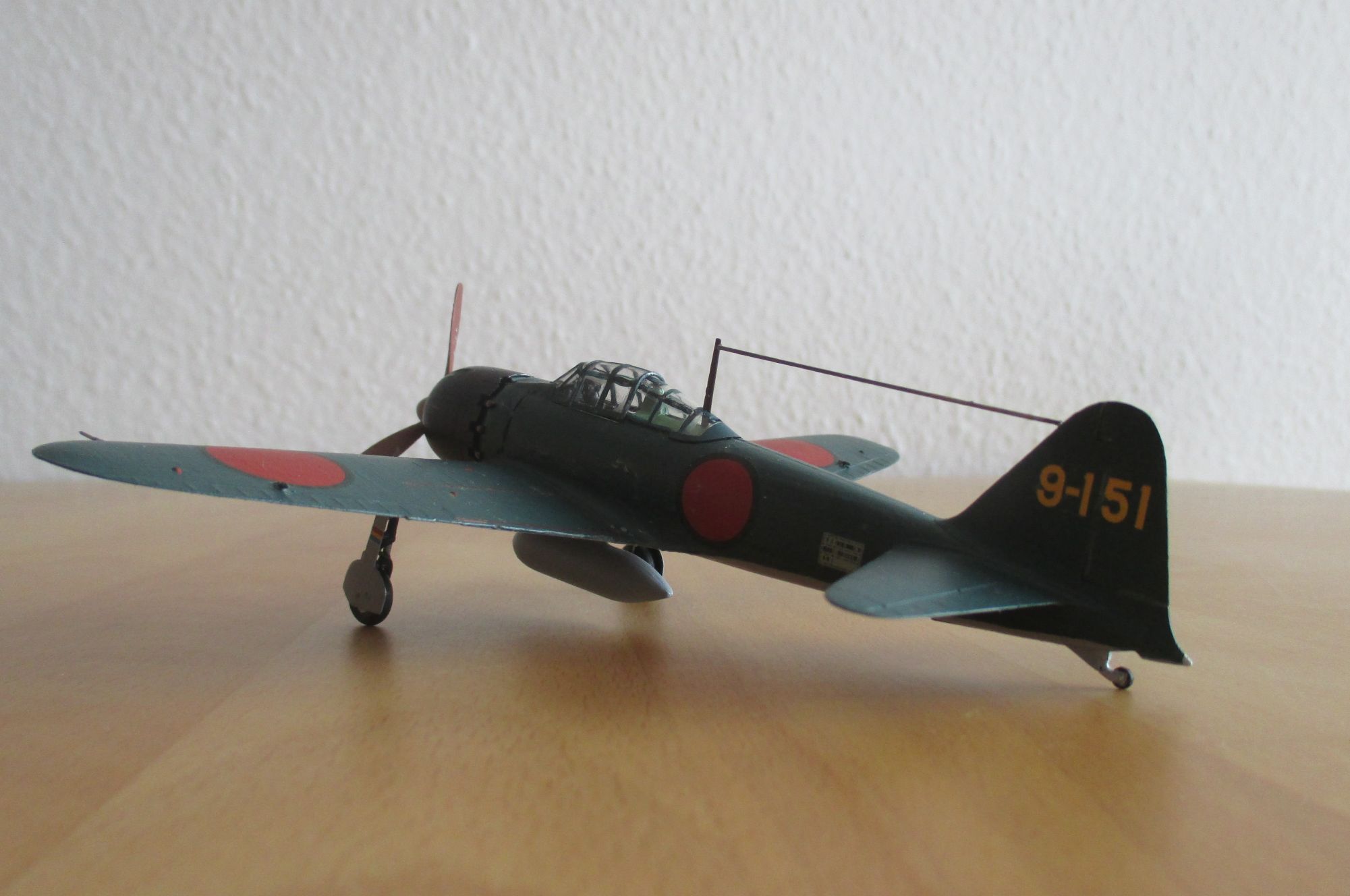
The Zero was built in eight series, from the A6M1 to the A6M8, four of which were produced in large series. The aircraft produced were divided between the navy and the army air force; in the latter, arrestor hooks and other maritime armaments were mostly removed and the aircraft were used as fighters, fighter-bombers and reconnaissance aircraft, and at the end of the war were also used by both branches of the armed forces for kamikaze missions.
A catapult-capable float version of the Zero was developed for the navy, the highly successful A6M2-N, of which around 320 were produced.
Anouncement in the pacific
At the time of its introduction, during the Japanese campaign of conquest in North China in 1940, and for the first year of the Pacific War, the Zero was indeed the best fighter at sea - and one of the best in the world. It became the symbol of the attack on the US Pacific fleet at Pearl Harbour and forced the USA (and also Great Britain) to accelerate the development of new fighters and naval combat aircraft such as the F-6 Hellcat, the P-38 Lightning, F-4 Corsair and P-51 Mustang. With their appearance at the end of 1942/1943, the tide turned and the Western Allies gained the upper hand in terms of technology, tactics and strategy. From 1944 onwards, the Zero, like most other operational models of the Emperors Army, was fighting a losing battle against an overwhelming superiority in numbers and quality. Nevertheless, the A6M also holds its place in history as the aircraft of the most successful fighters of the Pacific War 1941 - '45 in terms of aerial victories.
What remains is the elegance and coherence of a brilliant design - and an aircraft as a symbol of the Western Allies' shock at having grossly underestimated an Asian nation in its ambitions, organizational capacity and technical innovation.
Datasheet A6M5b
Crew: 1, length: 9.07 m, wingspan: 12.00 m, maximum mass: 2,940 kg, maximum speed: 561 km/h at 6,000 m, maximum range: 1,560 km, engine: 1 x 1,130 hp Nakajima NK1F Sakae 21 14-cylinder twin radial engine; armament: 2 x 7.7 mm MG above the engine, 2 x 20 mm MK in the wings; as fighter-bomber additionally max. 2 x 150 kg bomb load.
Come in
Have we managed to arouse your curiosity? Then visit us at the Aviation Museum - over 40 sports, training, passenger and fighter planes, helicopters and gliders in the original and faithful replicas, a large engine and turbine department, and over 1,000 scale models are waiting for you!
sb
